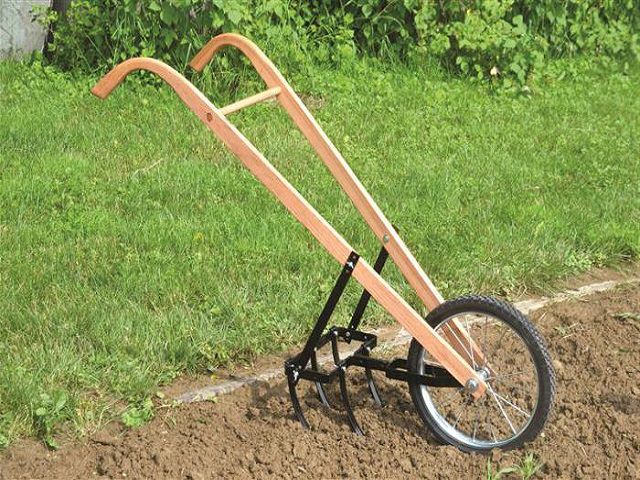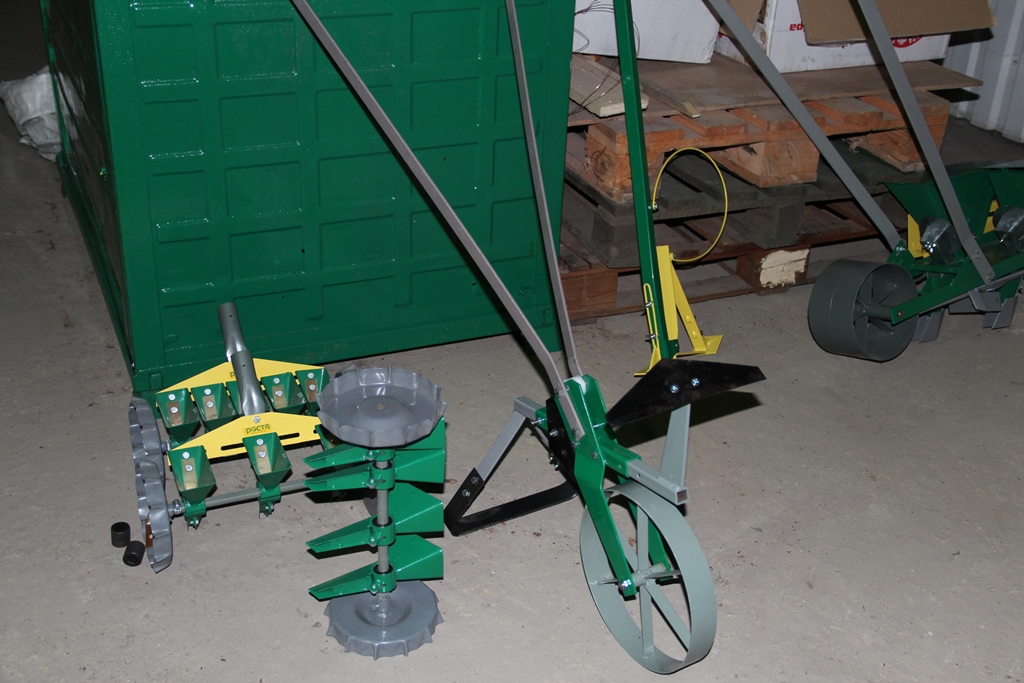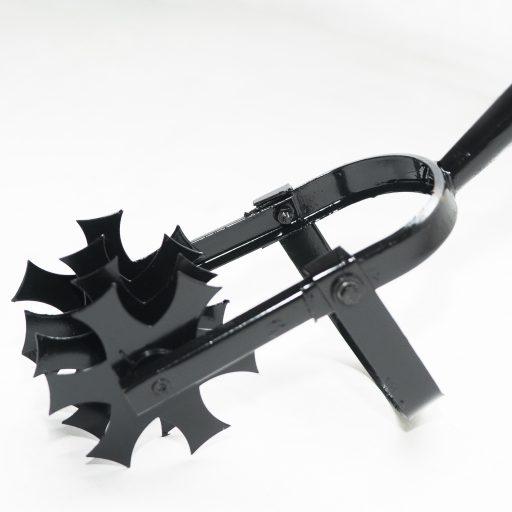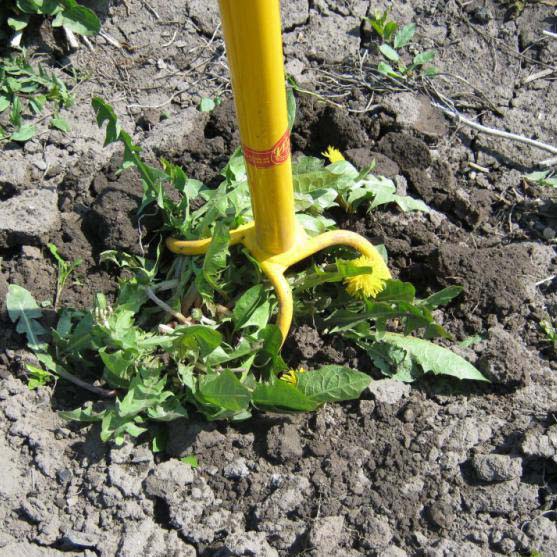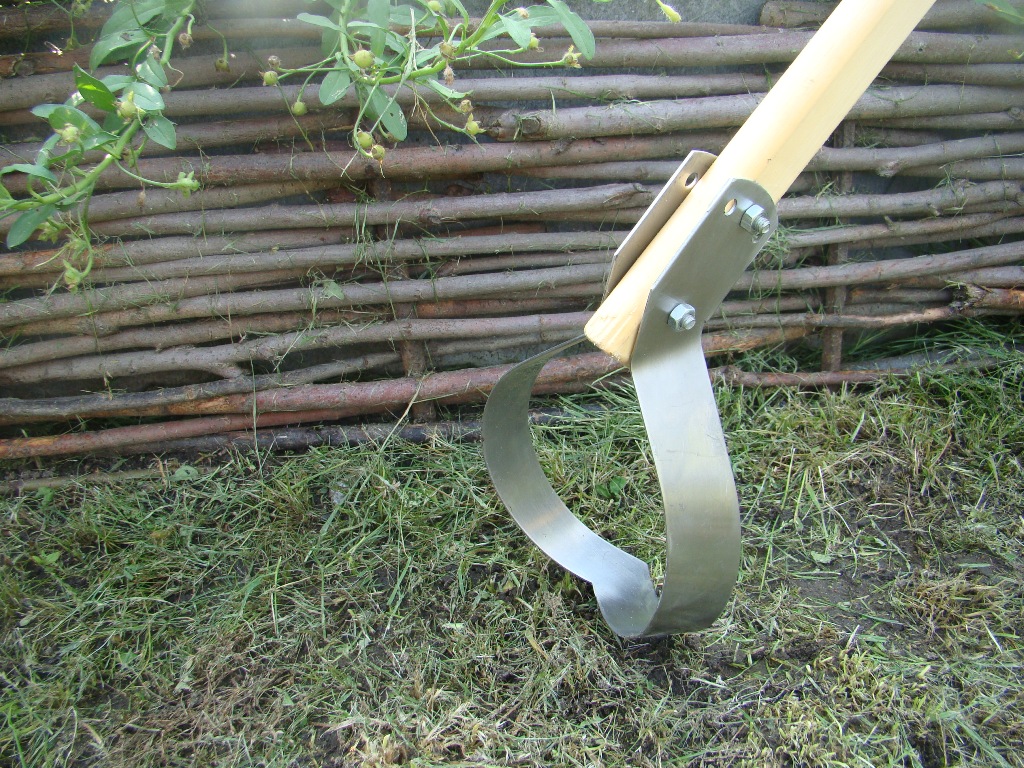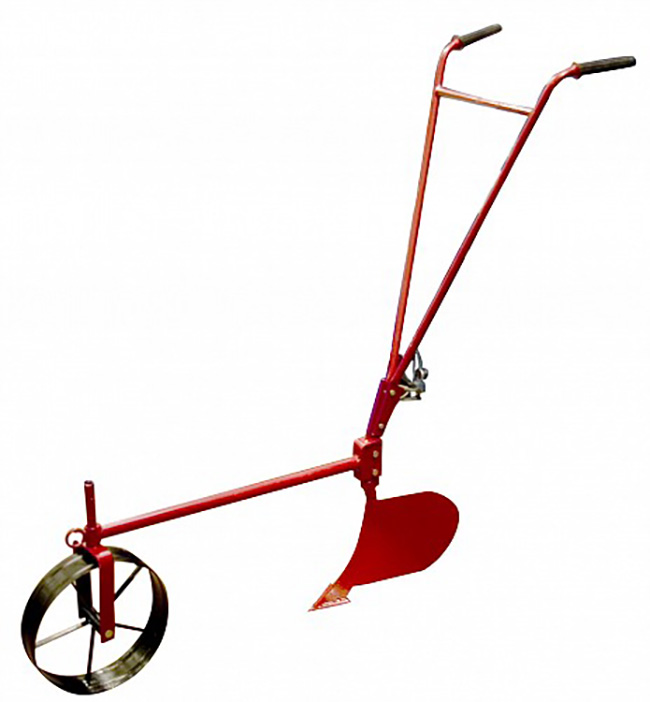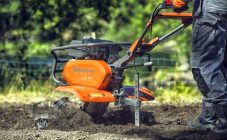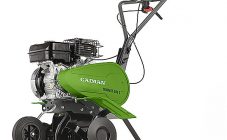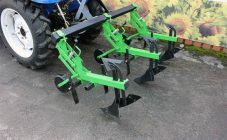Content:
The cultivator is an adequate replacement for tools such as a hoe and shovel. It allows you to significantly simplify the work on land. A hand-held cultivator for summer cottages is especially in high demand. It has an affordable cost and is very effective in the conditions of suburban use.
Hand cultivator: characteristics
Any hand cultivator, regardless of modification, is very easy to use. This equipment is ideal for small areas. With its help, almost any summer cottage task can be performed:
- plowing the soil;
- cutting of beds;
- cultivation;
- weeding;
- weed removal;
- processing of flower beds and alpine slides;
- digging holes;
- mixing fertilizers in the soil, etc.
The unit is perfect for almost any garden bed, including hard-to-reach ones. It is impractical to use it only on large areas - processing a large amount of land by hand will require too much time and effort. In this case, preference should be given to electric, - or motor-cultivators.
On the market, hand cultivators are presented in a very wide range. The choice in favor of either option should be made taking into account the purposes for which the equipment is planned to be used in the future.
Advantages and disadvantages
No one will dispute the fact that agriculture, as a kind of activity, is quite hard work. Even the simplest ripper can minimize the effort involved. Among the indisputable advantages of a mechanical manual cultivator, the following should be highlighted, first of all:
- ease of use;
- the ability to eliminate the need for maintenance;
- the ability to work in hard-to-reach places for automated equipment (such as a mini tractor or walk-behind tractor);
- simplification of handling delicate areas;
- accurate cutting of weeds;
- low price.
Hoe cultivators also have some disadvantages. These are the following points:
- certain obsolescence in front of modern self-propelled models;
- low productivity;
- low productivity on hard soils or virgin soil.
All of these disadvantages are not very significant in a situation where the suburban area is not too large. Therefore, it is not surprising that the garden hand cultivator is consistently in high demand in the relevant market sector.
Types of hand cultivators
Many gardeners call hand tools for working in the country miracle shovels. Currently on sale you can find high-quality products from a number of manufacturers, including domestic ones.
Products of the following brands are especially in demand:
- Hedgehog (well-known Hedgehog cultivator);
- Crab;
- Farmer;
- Tornado;
- Poltava;
- Fiskars and some others.
Technically, manual cultivators for giving the designated brands may differ from each other. For example, the Paladin cultivator has an auxiliary wheel. Differences can also be in metal thickness, fastening methods, quality characteristics and in price.
Equipment can be of various types.
Star (rotary)
The star units for summer cottages include the Smart Garden and Paladin cultivators line. It is a disc cultivator powered by a sprocket-shaped disc shaft. The principle of operation is as follows. The soil is captured by the teeth of the cutting mechanism, lifted and turned over, as a result of which the soil is not only dug superficially, but also weeded. The manufacturer has provided a convenient adjustable handle for the device, which allows you not to bend over during garden work. Rotary devices are especially comfortable for soil cultivation in hard-to-reach places. Some versions of the equipment are sold with a knife attachment for removing grass from the root.
Root remover
Those looking for a good garden root remover should pay particular attention to the Crab cultivator. Externally, this equipment is a pole equipped with spirally bent toothed fingers at the end. This cultivating mechanism will allow, with minimal time costs, to carry out spot removal of weeds and other unnecessary plants from the beds along with their roots.
In addition, with this device, you can easily make holes for planting seedlings and loosen the soil. The device does not cause the slightest damage to the soil structure due to unnecessary mixing of the fertile layer.
Cultivator-ripper
The most popular cultivators in the domestic market are the Strizh cultivator and any of the Batrak cultivators. The latter is additionally equipped with a wheel. This modification has no mechanism at all. At the end of the device there are several teeth with flat plates that allow penetration deep enough into the ground. If the ripper is pulled towards you, the earth will loosen, if it is lowered sharply and with force, it will be possible to break through even a fairly dense crust, which often appears due to frequent rains. There are two main types of rippers on sale: a standard size for summer cottages and a short handle for indoor plants.
Potato digger
Cultivators Grach can be classified as potato diggers. They look like root removers. The only difference is that the teeth of the device are bent slightly differently. As the name suggests, the main purpose of the device is to dig potatoes. Such a cultivator allows you to remove the load from the back and distribute it evenly between the back, legs and shoulders. On clay soils, the equipment will show its complete failure.
Flat cutter
Another popular type of cultivator is a flat cutter. This device includes cutting surfaces and a curved insert. The equipment can be used for weeding and thinning plants, for stirring the soil, hilling beds, etc. The cultivator was invented by Vladimir Fokin, who, after suffering a heart attack, was contraindicated in heavy physical activity.
As for the Rook cultivator, which is popular among gardeners, it is a versatile equipment with which various work in the garden can be carried out.
DIY cultivator
You don't have to rush to the store to get a good summer cottage assistant. The cultivator can be made independently without any problems. Most often, two methods are used in practice: using a fork and a bicycle frame. The first option involves using an old pitchfork. Their teeth need to be bent by analogy with a corkscrew and put on a plastic holder. The handle function can be performed by a plastic pipe with a lock on the upper side.
Making a cultivator out of a bicycle frame is somewhat more difficult.The mechanism will require the frame itself, the wheel and the material for the head device (for example, part of a plow or an old cultivator). The wheel and the head are fixed, the part that performs the function of controlling the mechanism is performed from the steering wheel. All parts are welded and bolted. Other options are possible, many of which can be explored on the Internet.
For those who still prefer to purchase a manual motor-cultivator, the first step is to decide on the manufacturer and visit its official website. If a purchase is made remotely, you should use the same resource. Only a reliable seller can give a quality guarantee for your product.
